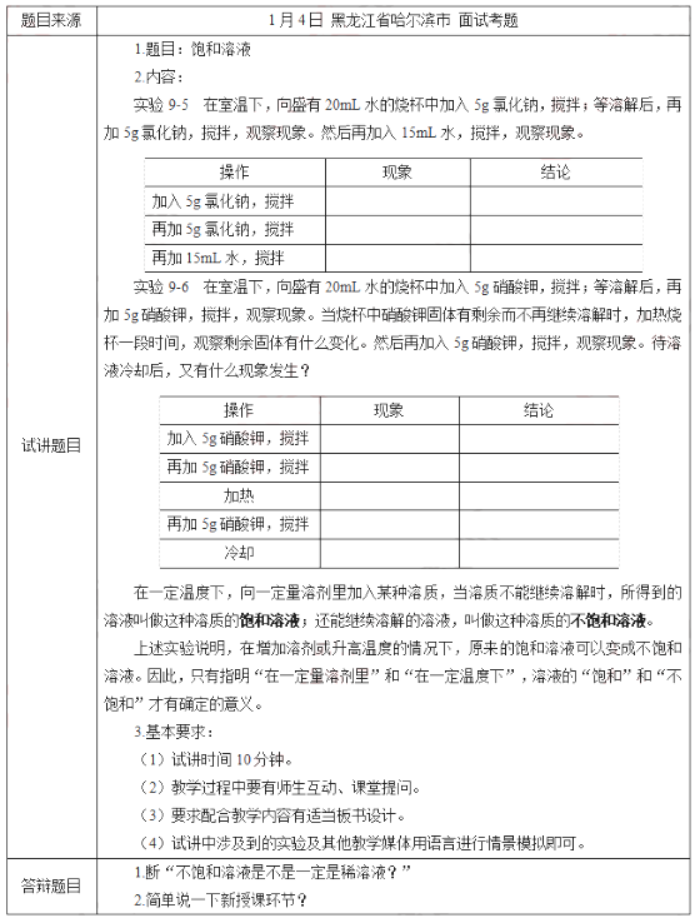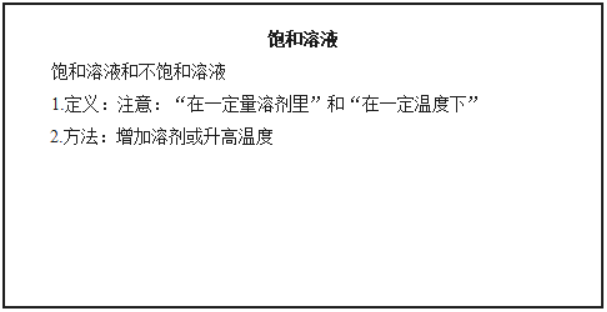二、考题解析
【教案】
Teaching aims:
Knowledge aim:
Students will master the meaning and pronunciation of the words.
Ability aim:
Students will know how to pronounce “ch” and “sh” in words.
Emotional aim:
Students will be interested in learning English.
Key and difficult point:
Key Point:
Students will master the meaning and pronunciation of the words.
Students will know how to pronounce “ch” and “sh” in words.
Difficult Point:
Students will be interested in learning English.
Teaching procedure:
Step 1: Warming-up
1. Greetings. Talk about the weather.
2. Chant with the students

Ask them if they remember the first step in the chant. They may say that it is to “wash” the tomato. Then tell them that today we are going to learn some pronunciation in it.
Step 2: Presentation
1. Draw some pictures according to different words, and then explain the meanings to the students.
2. Play the finger show with the students to consolidate the words. For example, finger 1 refers to “chicken”, and finger 2 refers to “lunch”. When the teacher points finger 1, the students should read “chicken” loudly. The rest could be done in the same manner.
3. Ask students to find similarities and differences among the words. They may say that in the first two words, there is “ch” in the words, while in the last two words, there is “sh” in the words. And they pronounce similarly.
4. Conclude the rules of “ch” and “sh”. Tell them that when they see “ch”, they should pronounce [t?], and when they see “sh”, they should pronounce [?]. They may sound similar, but they are different. Please be notice that.
Step 3: Practice
1. Ask a few students if there are other words containing “ch” or “sh”. They may answer “chopsticks”, “ship” or “shop”.
2. Read the words in a different order, and ask students to rank the words according to the listening. At the same time, invite one students to come to the front and write the words down on the blackboard. Check answers later.
Step4: Production
Ask students to make up dialogues with their deskmates. 5 minutes will be given. After that, invite 2 pairs to share their dialogues. Give encouragement.
Step5: Summary and Homework
Summary: Ask a student to conclude the content of the lesson and summarize with the whole class.
Homework: Read the words to their parents.
Blackboard design:

【答辩题目解析】
1. What will you do to help students master the pronunciation of what we need to learn?
【参考答案】
First, they should know how to pronounce the syllables. So I will pronounce them in a clear way to make sure that they notice the place of articulation. I will correct their pronunciations if they make some mistakes. Then, I ask them if they know other words sharing the same syllables. Also, few activities were arranged to make them really use the rules. So I believe they will master the rules of the pronunciations.
【答辩题目解析】
2. What will you do if the students can’t focus on your class?
【参考答案】
There are some options to deal with the problem. First, I could arrange some interesting activities to stimulate their interest. Second, when imparting some knowledge, I could show some examples closely related to their daily lives. They will be interested in familiar things. Third, I could ask some students to answer my questions from time to time, so they will be more focused in case of being asked. So I will try to use the most appropriate method to attract their attention.




